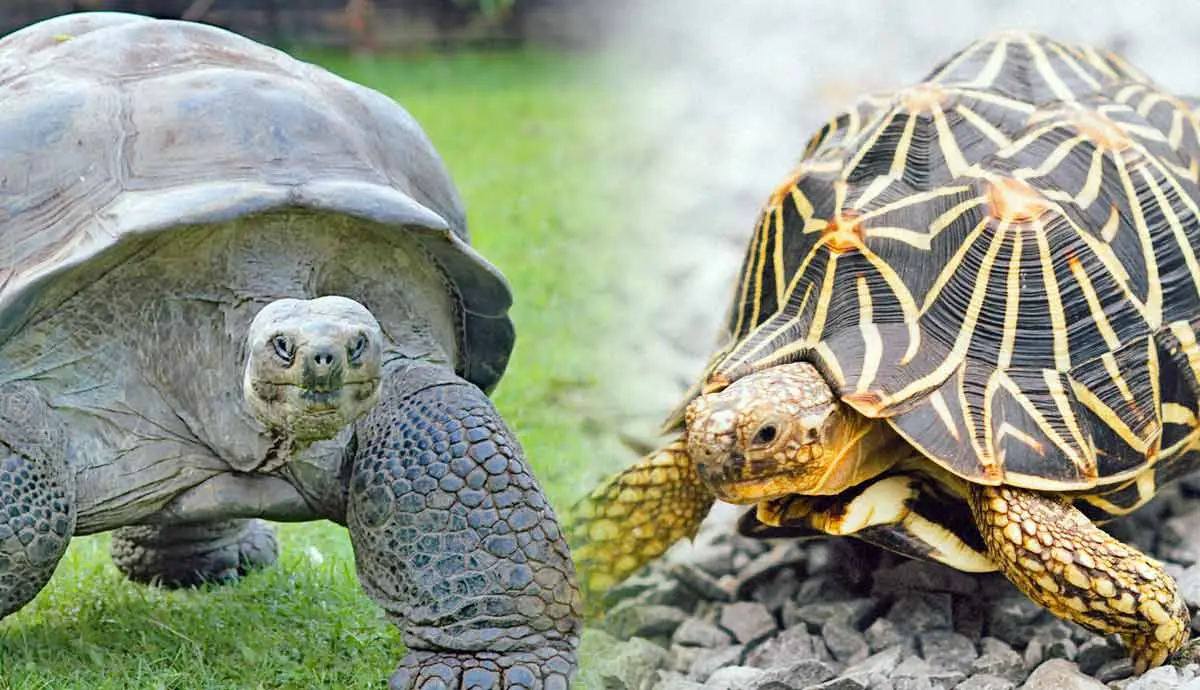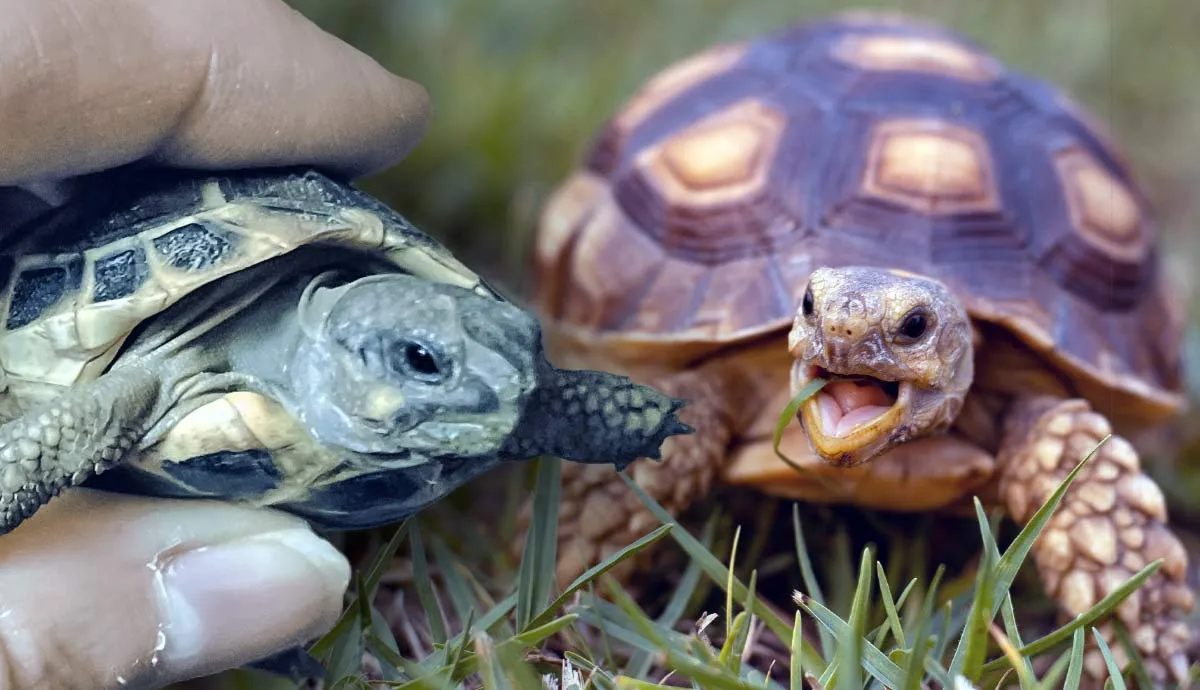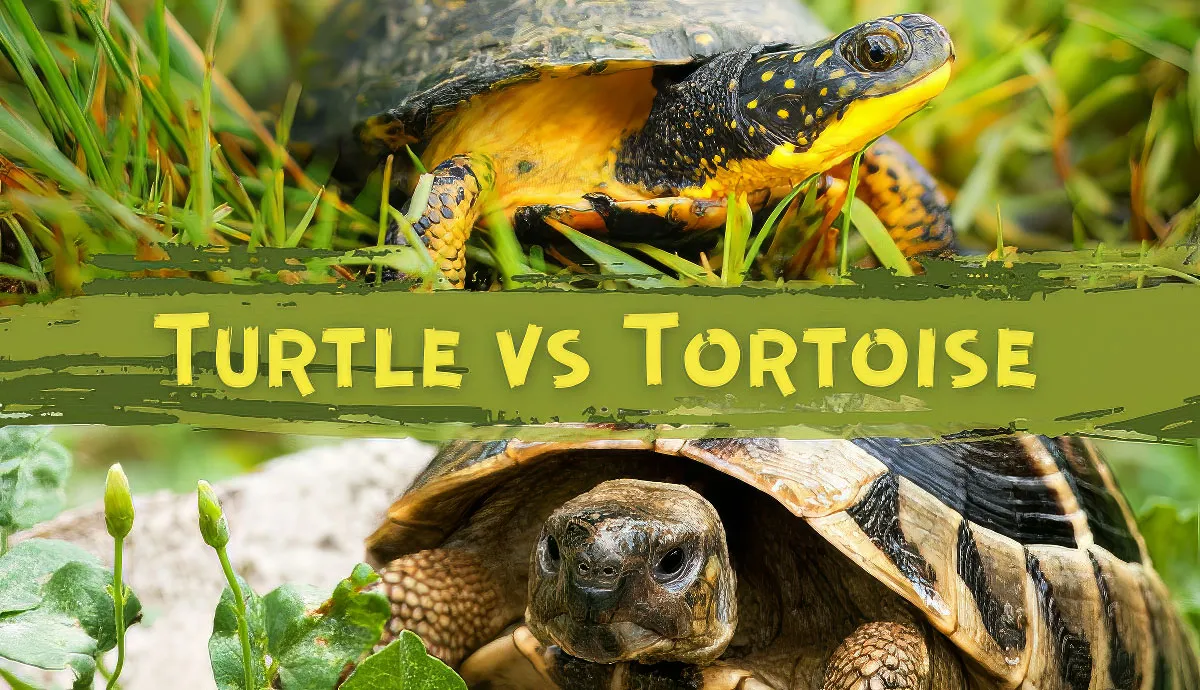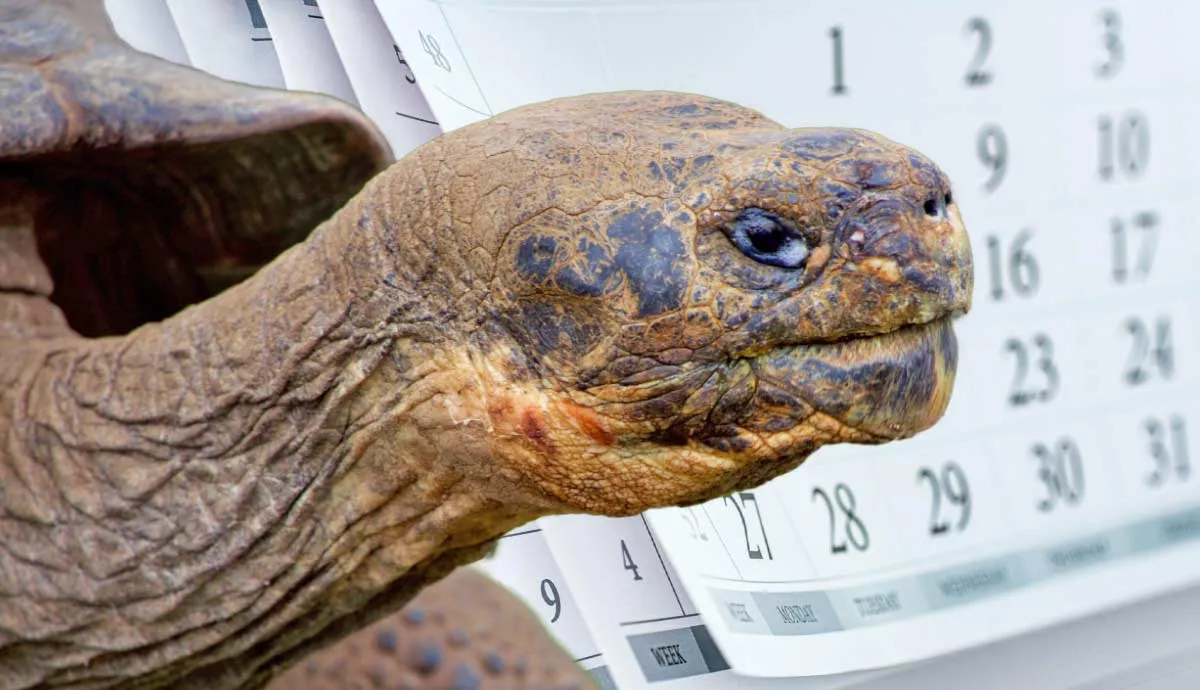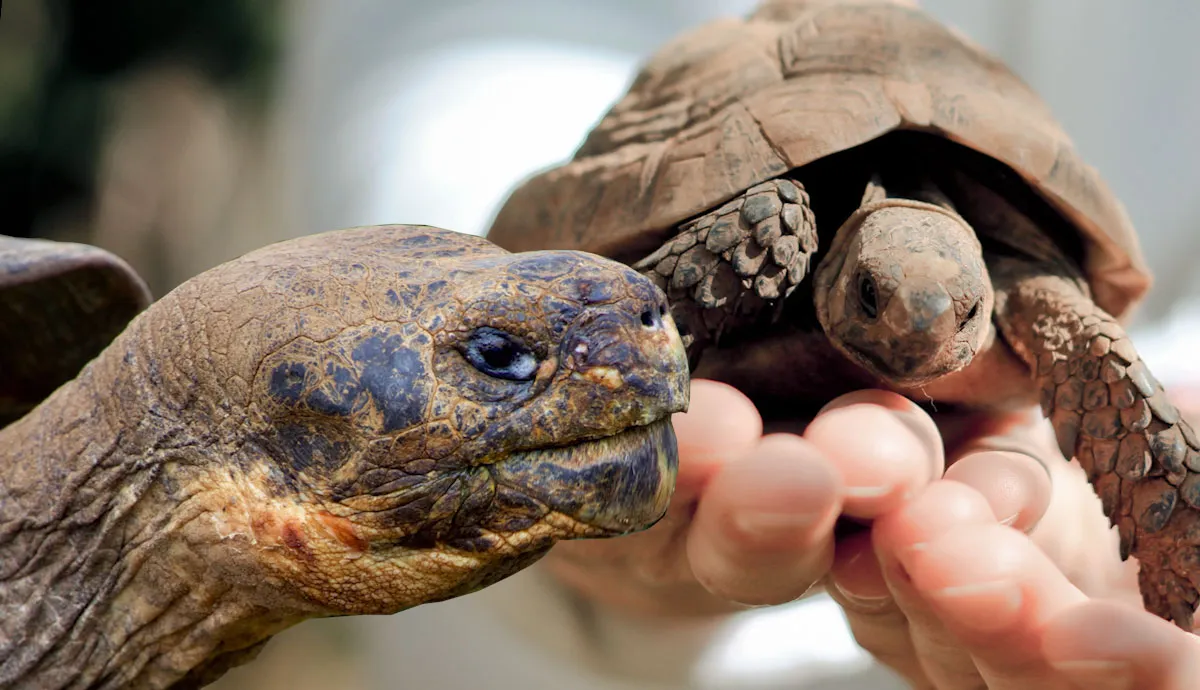As pet owners, we're responsible for our pets' welfare. In addition to regular cleaning, feeding, and interaction, we must provide a stimulating environment for them. It’s easy for pets to become bored (especially if they live in an enclosure), and boredom can lead to behavioral issues and health problems.
Environment enrichment is crucial to animal welfare, and tortoises are no different. So, if you want to know how to keep your shelled friends entertained, take a look at our list of seven pet tortoise enrichment ideas.
1. Humidity Hides
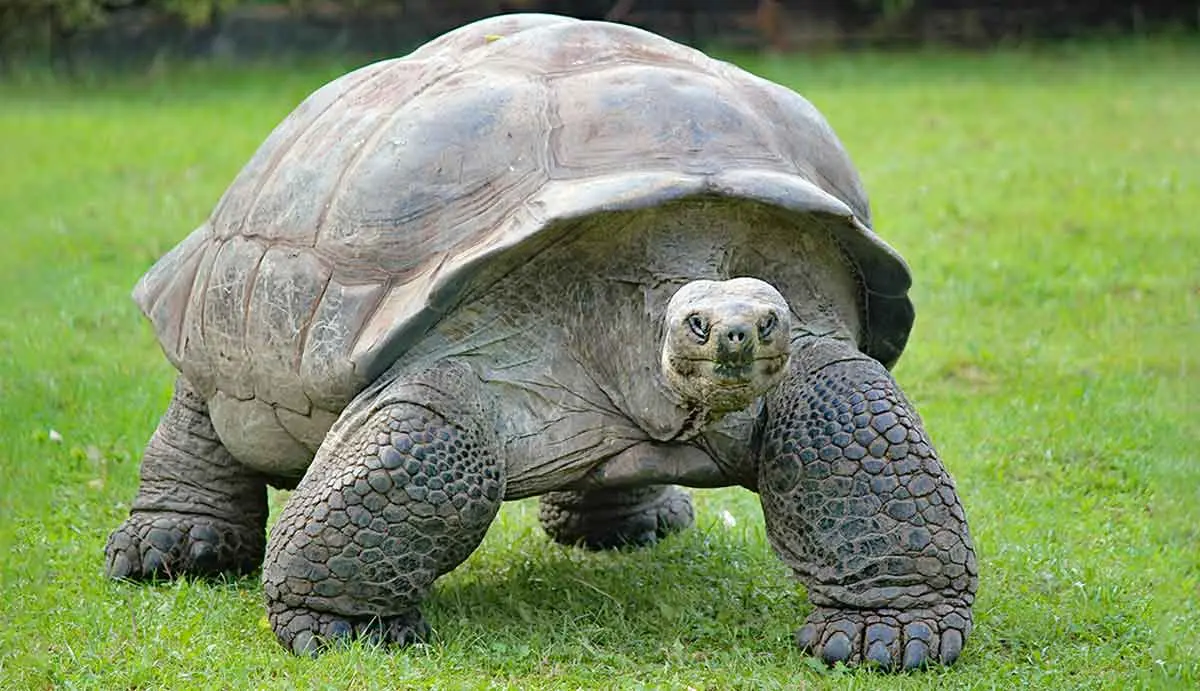
There are many fascinating tortoise species, and most love hiding in caves. The best way to help your little friends feel secure is with humidity hides. Humidity hides serve two purposes. They provide a safe space for tortoises to shelter and offer essential humidity levels. Tortoises seek out humid areas to help with hydration.
There is an array of items you can use as hides. Many owners buy purpose-made enclosure caves, but you can also use household items such as plant pots with a doorway cut into them. If you use household items, ensure they don't have sharp edges or anything else that may cause injury. You must put substrate in the hide and mist inside regularly to help keep it humid.
2. Tortoise Bathing Pools

If you keep tortoises, you may have noticed that they love sitting in their water bowl. This often leads to the question, can tortoises swim? Tortoises can't swim well, but they enjoy soaking in the water. So, another way to make your tortoise’s environment more entertaining is by giving them a bathing pool.
The bathing pool must be shallow, with just enough water to cover the base of their shell. Don't use deep pools because tortoises can flip over in the bath and drown in deep water. Your tortoises will love having a daily soak, but you must check the pool regularly because they often defecate when bathing. Change the water as required.
3. A Cuttlefish Bone for Your Tortoise
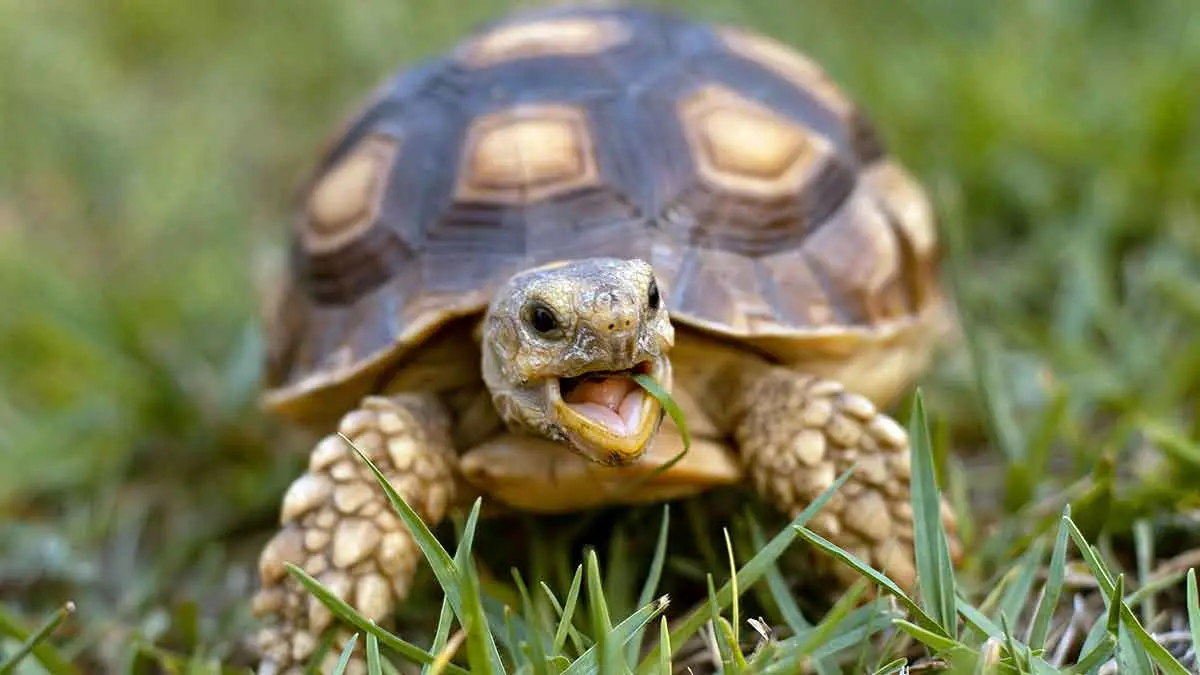
Another way to entertain tortoises is by giving them a cuttlefish bone. Tortoises can nibble at the bone, which helps keep them occupied. But, more importantly, a cuttlefish bone provides essential calcium for their diet. You must supplement a tortoise diet with calcium to promote bone growth and development. A cuttlefish bone will also help keep a tortoise's beak short because it will wear down as they nibble at it. A long, sharp beak is terrible for tortoises because it can prevent them from eating. They may also injure their housemates or you if they bite, and tortoise bites can be nasty. You should keep the cuttlefish bone in an accessible place and off the tank floor, so it doesn't get damp and dirty.
4. Different Surfaces for Your Tortoise
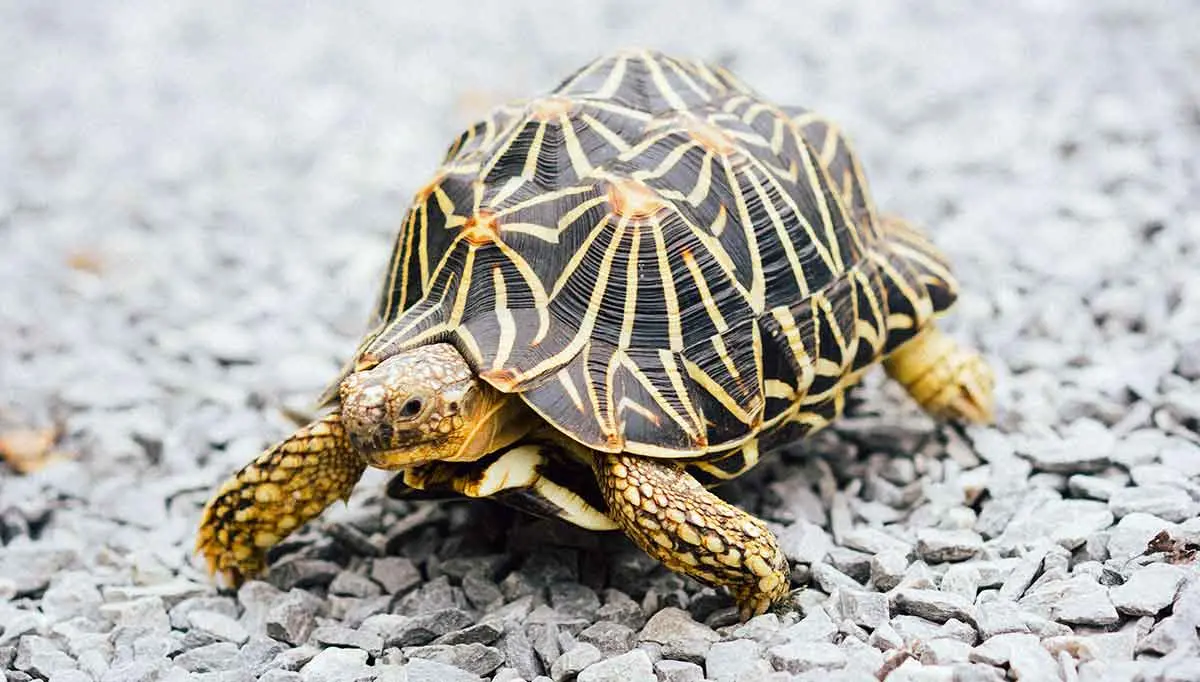
In the wild, tortoises travel large distances and encounter many terrains, and they often climb over obstacles such as rocks. Although they don't look very agile, tortoises are fantastic climbers and will love having a climbing frame and different surfaces in their enclosure.
You can get creative with providing different surfaces for your terrarium.
Use a mix of tortoise substrates such as earth, sand, or bark to create different surfaces. You can also buy purpose-made caves that double up as a climbing frame or place some rocks in the enclosure. Many owners make a solid surface beneath their basking lamp and around the drinking area or bathing pool - so tortoises can dry off before walking on the substrate.
5. Tortoise Enclosure Plants
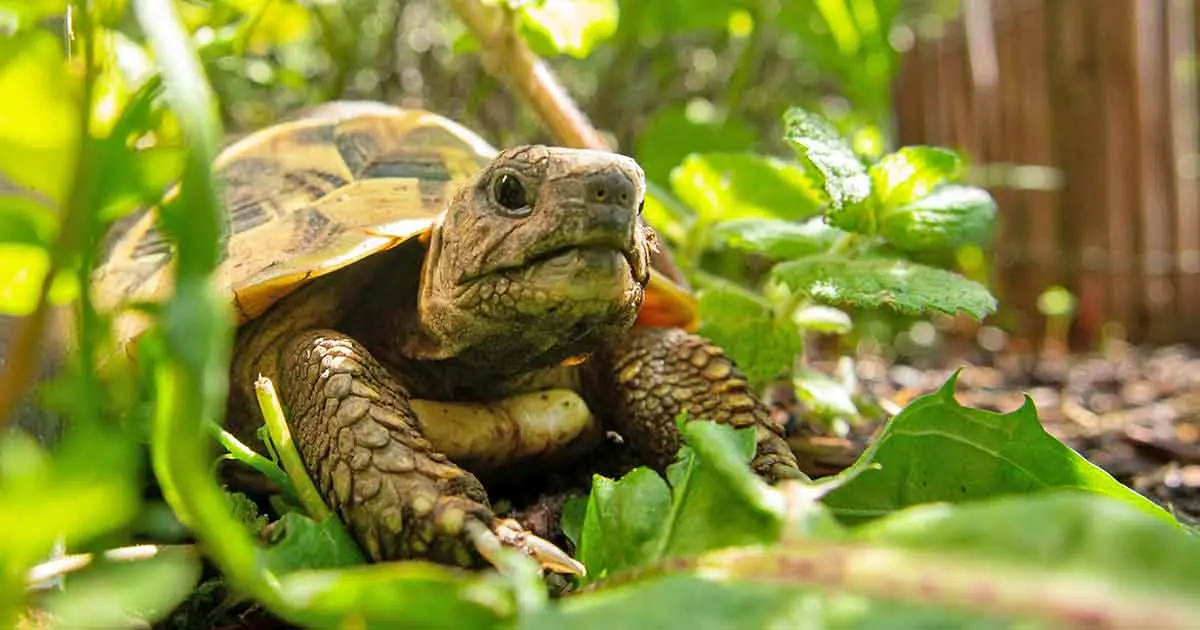
One of the best things you can do to replicate a tortoise's natural environment is to place plants in their enclosure. Tortoises love hiding behind plants and can nibble on edible ones throughout the day. Tortoise enclosure plants also provide shade and help keep the humidity levels high - so they're a fantastic idea if you struggle to keep their enclosure moist.
Succulents such as aloe vera, grasses, herbs, and flowers are perfect for outdoor enclosures. Indoors, you can add moss and miniature plant and flower species to their habitat. You must research what plants are safe for tortoises before adding them because some plants are poisonous. Feeding the wrong plants can shorten a tortoise's lifespan. If you don't want to use live plants, you can use artificial ones. Artificial plants will provide a hiding place, but tortoises can't eat them - so they won't get the nutritional benefits of live plants.
6. Varied Diet for Your Tortoise
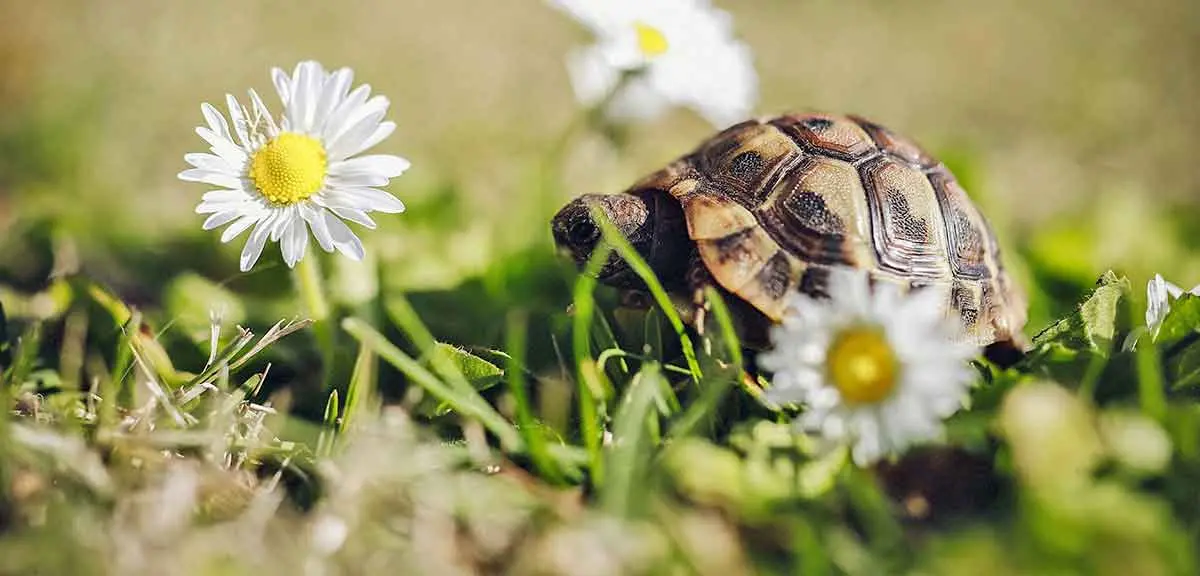
In the wild, tortoises forage and usually eat a range of plants, and one way to enrich their environment is by providing a varied diet. Tortoises love colorful foods such as flowers. They can also eat many types of grass, herbs, weeds, dried timothy hay, or tortoise pellets. A tortoise's diet depends on the species.
Take the time to learn about safe plants for a tortoise. Some plants are toxic and may poison tortoises. When you can confidently identify safe plants, you can offer tortoises different foods daily. Most tortoises can enjoy fruits and vegetables as an occasional treat, but you must only give them a small amount once or twice a week. Too many fruits and veggies can be detrimental to their health.
7. Tortoise Outdoor Time
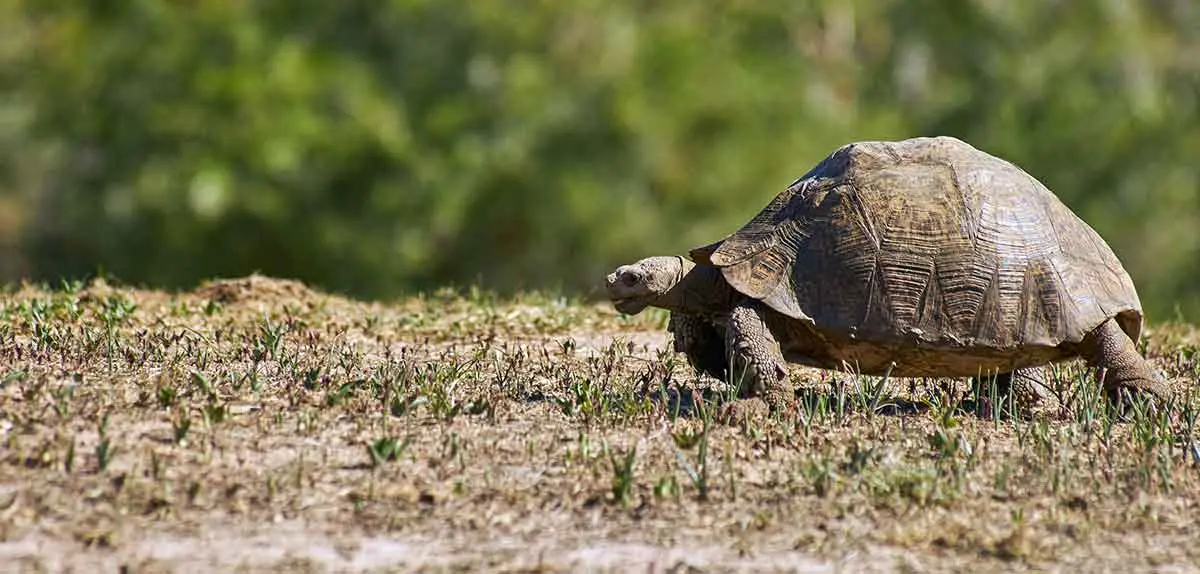
If your pet tortoise lives indoors, they will benefit from spending a little time outside. Outside time is a fantastic way for them to exercise, explore, and absorb beneficial UV rays from the sun. Although supplementary enclosure lamps provide the correct rays, direct light from the sun is much stronger.
You must only put tortoises outside on warm, sunny days, and ensure the enclosure is safe and secure, especially if you have a small tortoise species. It must be secure enough to stop your little ones from getting out and prevent dangerous predators from getting in. If you have baby tortoises, you shouldn't leave them outside for more than an hour, because usually, there isn't enough humidity for them outside.
